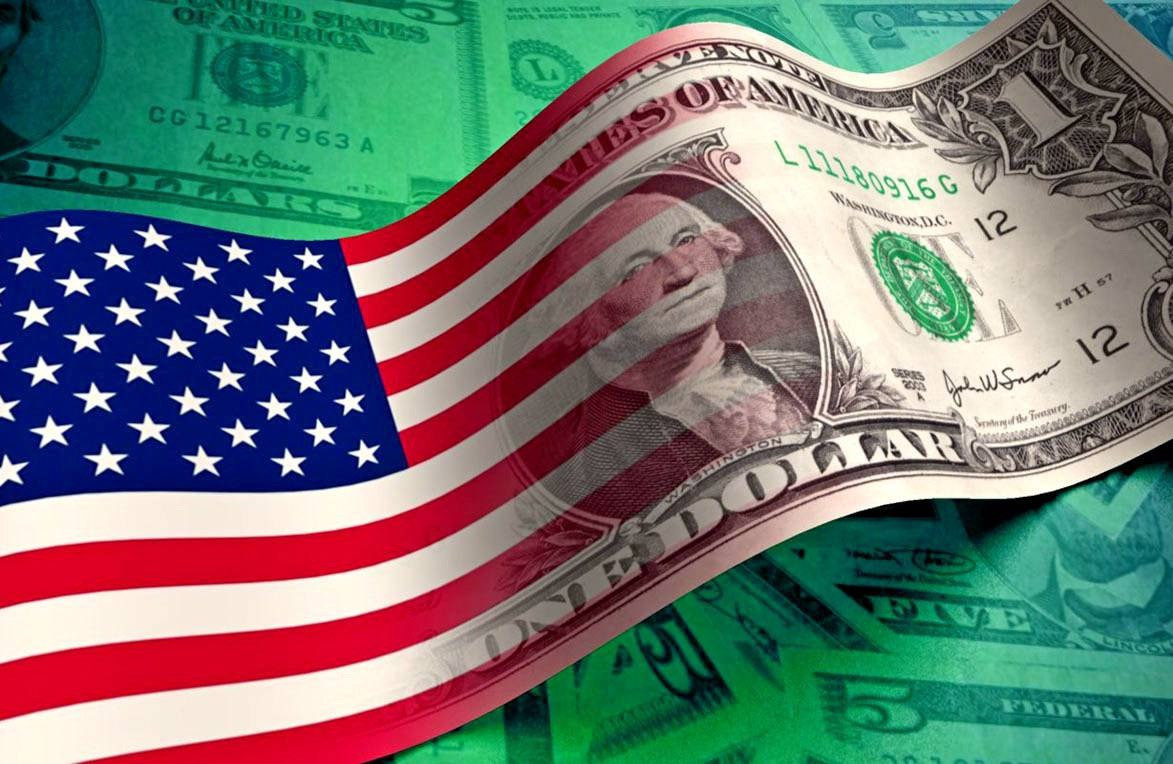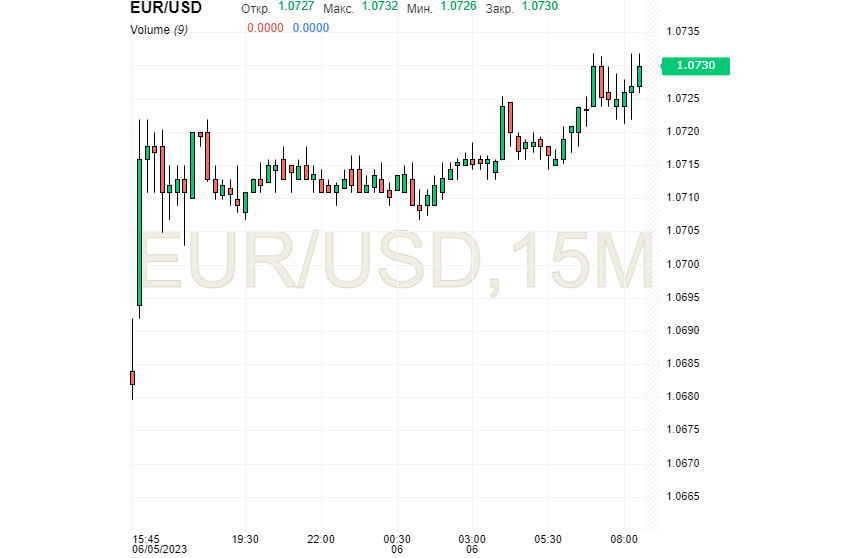
Following disappointing data from the US services sector (ISM), the greenback retreated slightly from its recent highs. However, it is still holding strong, attempting to reach higher levels again. Previously, this success was due to the euro's slump after weak economic reports in the eurozone. However, the euro is now gaining confidence, but experts predict a resurgence of the USD in the near future.
On June 5, the Institute for Supply Management (ISM) released US service sector business activity index data. According to the report, this index unexpectedly dropped to 50.3% from its previous 51.9% in the last month. This decline, hovering near the critical level of 50, negatively impacted the dollar's momentum, raising fears of a looming recession. A similar sentiment was previously triggered by a seven-month consecutive fall in the US manufacturing PMI index.
At the start of the week, the EUR/USD pair faced selling pressure due to the strengthening greenback, which has now given up some of its gains. After a positive non-farm payroll (NFP) report and hawkish comments from several Federal Reserve representatives, market participants expected a pause in the June rate hike. However, analysts believe that the Fed retains room for actions and additional hikes in the future.
After a dip in US manufacturing orders and weak ISM data, the euro gathered steam, overtaking the dollar. On Tuesday morning, June 6, the EUR/USD pair traded at 1.0730, looking to bounce back from yesterday's setback.

According to experts, the EUR/USD pair, currently near a three-month low, may find its bottom this week. This scenario may occur if the difference between the European Central Bank (ECB) and the Fed's interest rates reaches a balance, enabling the single currency to hold above the 1.0700 support level.
Currency strategists from ING Bank also believe that the EUR/USD pair may find support near 1.0650–1.0700 levels and could even bounce back to the 1.0800–1.0850 highs. However, this is currently unlikely as the pair is recuperating after a recent fall.
Investors are now assessing the eurozone's economic data published on June 5. According to the reports, the composite PMI for the region's manufacturing and services sectors dropped to 52.8 in May from its previous 54.1. The preliminary estimates expected this index to remain at 53.3, but the current figures have disappointed market participants and analysts, posing a threat to the euro. Previously, the euro gained confidence, receiving a boost after hawkish comments from Christine Lagarde, the ECB president.
According to the head of the Eurozone's regulatory authority, there's no clear evidence that core inflation has peaked, hence the need for continued interest rate hikes. This viewpoint is supported by Joachim Nagel, an ECB representative, who stressed the need to increase rates now and beyond the summer. Market participants have priced in a 25 basis point ECB rate hike, unlike the Federal Reserve, which is expected to pause its tightening policy in June. However, another Fed rate hike may happen in July, depending on current US macro data.
Notably, the US regulator will announce its rate decision next week following a meeting scheduled for June 13-14. The Fed will also release its short-term macroeconomic forecasts. The majority of analysts (74.8%) expect the key rate to remain at its current level of 5%-5.25% per annum in June. However, many experts anticipate a rate increase to 5.25%-5.5% per annum in July.
US inflation data to be released next week will be crucial for further Fed rate hikes. Meanwhile, reports on the European economy are equally important in shaping the ECB's upcoming monetary policy direction. Fabio Panetta, a member of the ECB's executive board, states that the regulator is "still far from completing its rate hike cycle," despite significant progress made in this regard.
According to specialists, overall Eurozone inflation is slowing down quickly, aligning with current forecasts, while core inflation decreases at a slower pace. Barclays' experts foresee a temporary acceleration in June and July. Meanwhile, they maintain a positive outlook regarding the Eurozone's economic growth in the near term. This factor, along with decelerating inflation, "brings the end of the ECB's tightening policy cycle closer," Barclays said.
Analysts believe that numerous strategies exist to combat surging inflation, with maintaining high-interest rates for as long as necessary being the primary one. The key in this process is careful analysis to ensure a smooth reduction of inflation to the target 2% without hampering economic activity, experts conclude.
 English
English 
 Русский
Русский Bahasa Indonesia
Bahasa Indonesia Bahasa Malay
Bahasa Malay ไทย
ไทย Español
Español Deutsch
Deutsch Български
Български Français
Français Tiếng Việt
Tiếng Việt 中文
中文 বাংলা
বাংলা हिन्दी
हिन्दी Čeština
Čeština Українська
Українська Română
Română

